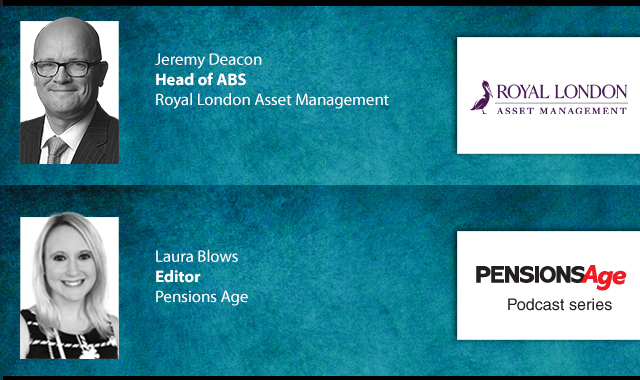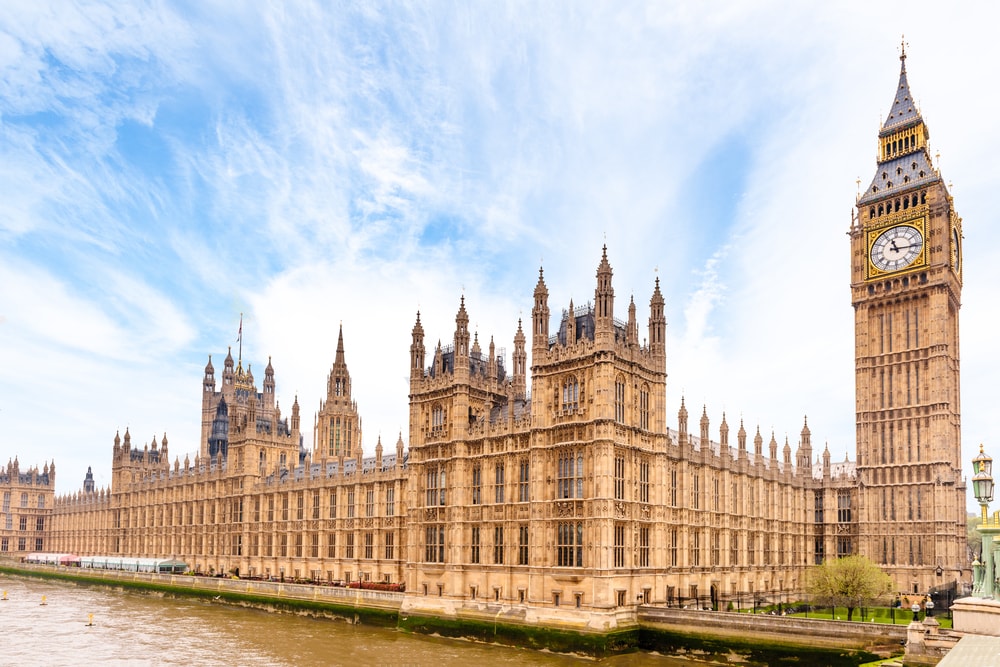Although defined contribution (DC) pension membership hit successive highs at 13.8 million active members in 2022, savers are facing a "considerable" risk amid rising inflation, according to analysis from the Pensions Policy Institute (PPI).
The DC Future Book 2022, published in association with Columbia Threadneedle Investments, raised concerns that DC pension pot values could be eroded in real terms if investment returns do not match rising inflation, at a time when the rising cost of living is placing renewed focus on the real value of DC pension savings.
According to the report, the use of DC schemes by employers has "greatly increased", with 90 per cent of active pension scheme members now in DC schemes, compared to 3.1 per cent in defined benefit (DB) schemes.
The PPI warned that this could raise a “unique” set of challenges, most notably the tendency for DC schemes to invest in assets without appropriate protection against the “soaring” levels of inflation.
In addition to this, while automatic enrolment has increased the number of savers with a workplace pension, the PPI stressed that minimum contribution rates are unlikely to deliver adequate retirement outcomes, estimating that a total contribution of 20 per cent would be required for this.
It also found that while participation in workplace pensions has continued to grow, persistency of saving has declined in recent years, although the reasons behind this were “unclear”.
In line with the growing membership, DC assets have also increased, with around £545bn in aggregate assets currently invested in DC schemes, a number which the PPI estimated is set to grow to around £1.03trn by 2042.
However, PPI senior policy researcher, Lauren Wilkinson, stressed that "alongside this rapidly expanding market share comes a responsibility for DC investment decision makers to focus on protecting their members’ savings".
"As the transition from DB to DC continues and we start to see more people reaching retirement with greater dependence on DC savings, it is increasingly important that we have a detailed source of longitudinal analysis by which we can monitor the implications of existing policy and provide a solid evidence base for future policy innovation in order to support better retirement outcomes," she added.
At circa 9 million active members, master trusts have the highest number of scheme members, the majority of whom (96 per cent) are invested in default strategies holding the highest value of aggregate assets at £3.1bn on average.
More broadly, the report found that fewer DC savers access their DC pots for both annuitisation and income drawdown, compared to pre-pandemic levels, although both full and partial withdrawals have increased above pre-pandemic levels.
The report also found an increase in the number of those at the point of retirement not seeking regulated advice before purchasing an annuity or income drawdown, at 84 per cent and 40 per cent, respectively.
Wilkinson highlighted the lower use of advice as a "concerning trend", clarifying however, that this may be a transient phase, if savers struggled to access advice during the pandemic.
"It might not filter through over the long term," she continued. "But I think it's certainly something to keep an eye on in future editions to see how this trend will develop and the risks that might represent to people's retirement."
Columbia Threadneedle Investments client relationship director, Andrew Brown, added: “The last 12 months have seen extraordinary challenges. Between the ongoing effects of the Covid-19 pandemic, the war in Ukraine and additional supply chain constraints, inflation in the UK has reached its highest level in 40 years.
“The long-term nature of DC schemes demands pragmatism when altering investment strategies. However, governance bodies should be encouraged to consider inflation protection within members’ default funds.
"Less liquid real assets such as property and infrastructure can form part of a portfolio to manage this risk but are currently underutilised within DC investment strategies.
“An understanding of the assets classes in which schemes are invested and their differentiated responses to high levels of inflation has become particularly pertinent. We encourage the pensions industry and policy makers to continue to consider advances that provide future retirees with greater financial security.”
Latest News
-
PLSA kicks off 'ambitious' 10-year strategy with rebrand to Pensions UK
-
Govt urged to take 'decisive' action to address 'serious' pension risks
-
Pension schemes shift focus to de-risking amid improved funding levels
-
DB pension transfer redress payments hold steady at historic low
-
Almost £220m in lost pension pots recovered in H1; ‘billions’ still to be found
-
West Yorkshire Pension Fund invests £25m in nature-based infrastructure fund.
A changing DC market
In our latest Pensions Age video interview, Aon DC senior partner and head of DC consulting, Ben Roe, speaks to Laura Blows about the latest changes and challenges within the DC sector
Being retirement ready
Gavin Lewis, Head of UK and Ireland Institutional at BlackRock, talks to Francesca Fabrizi about the BlackRock 2024 UK Read on Retirement report, 'Ready or not. How are we feeling about retirement?’
Podcast: Who matters most in pensions?

In the latest Pensions Age podcast, Francesca Fabrizi speaks to Capita Pension Solutions global practice leader & chief revenue officer, Stuart Heatley, about who matters most in pensions and how to best meet their needs
Podcast: A look at asset-backed securities

Royal London Asset Management head of ABS, Jeremy Deacon, chats about asset-backed securities (ABS) in our latest Pensions Age podcast
© 2019 Perspective Publishing Privacy & Cookies













Recent Stories